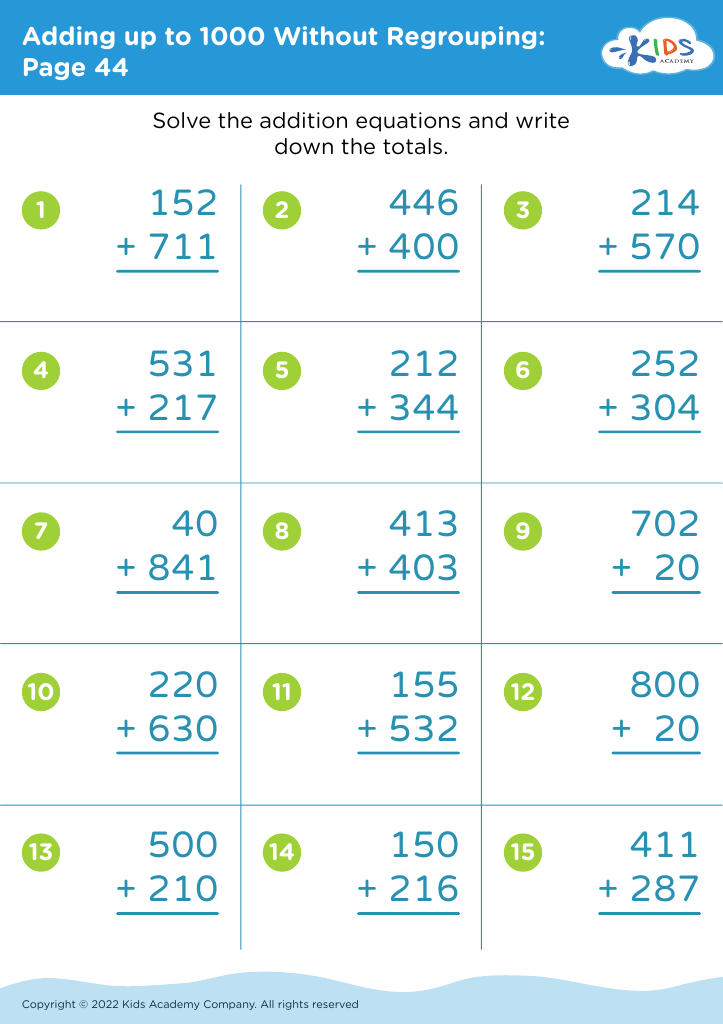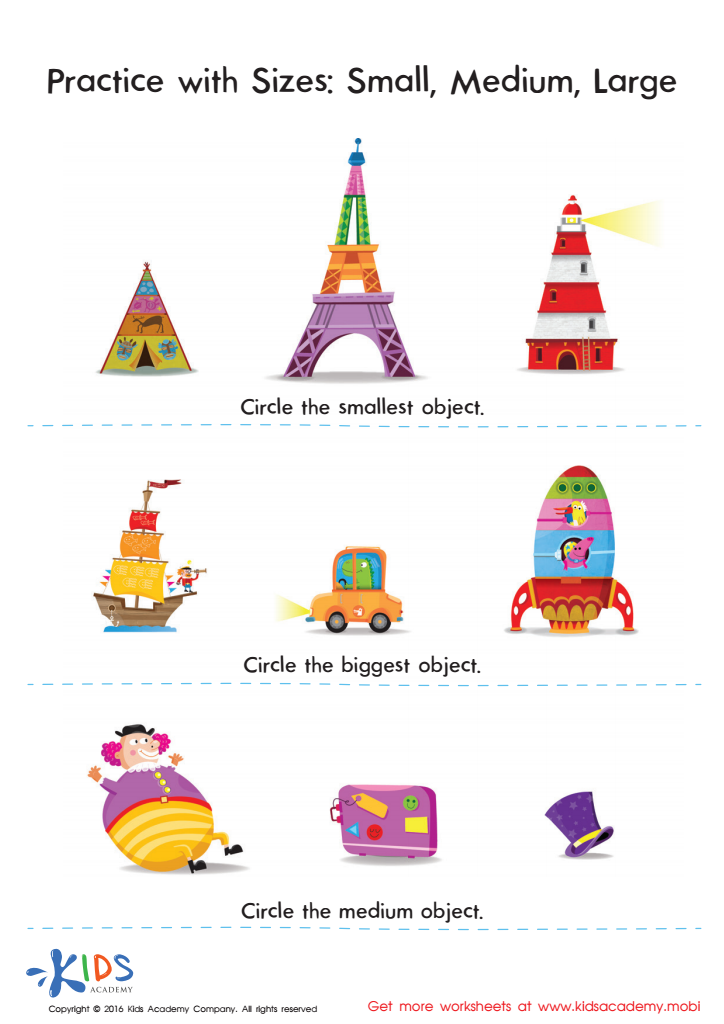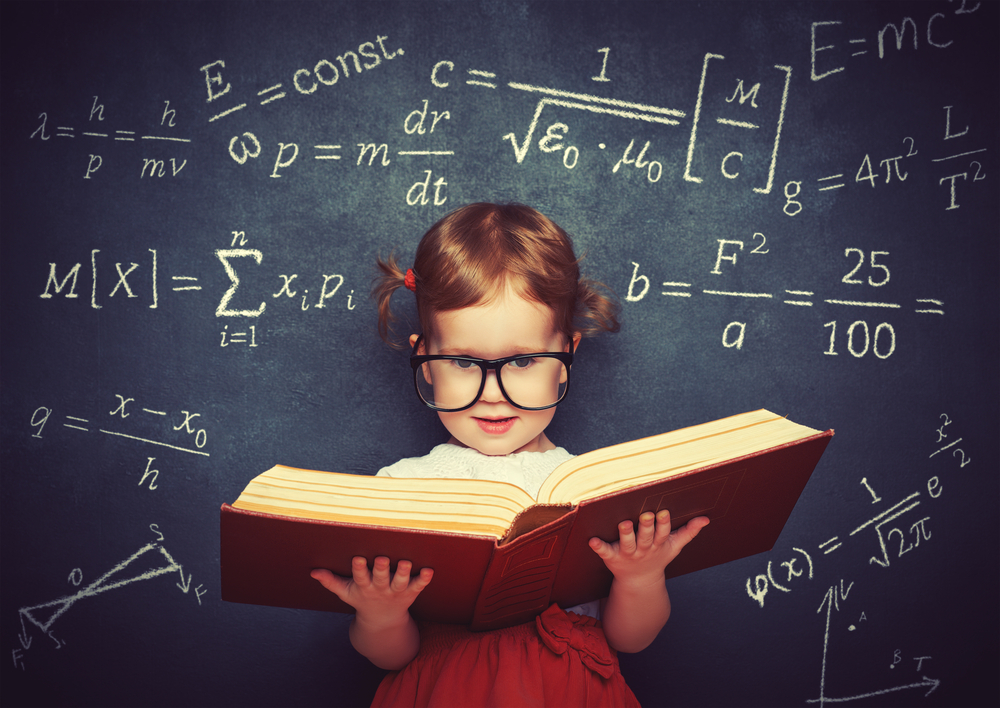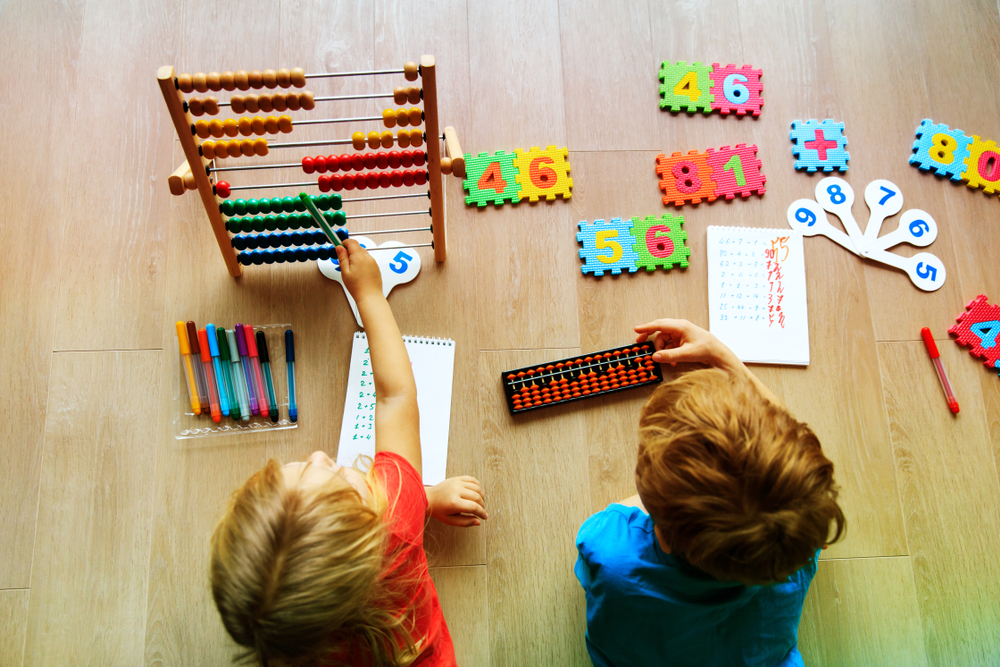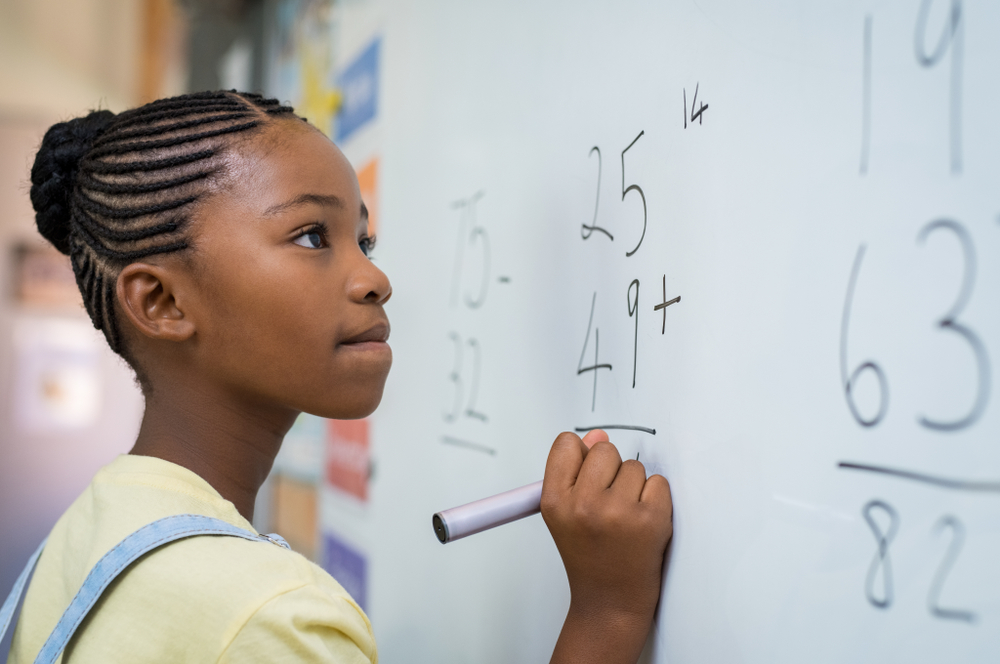Visual perception development Math Worksheets for Ages 3-8
5 filtered results
-
From - To
Unlock your child's potential with our Visual Perception Development Math Worksheets designed for ages 3-8. These engaging sheets, crafted by educational experts, help young learners enhance crucial visual skills, such as shape recognition, pattern differentiation, and spatial awareness. Perfect for preschool and elementary students, our worksheets turn learning into a fun and rewarding experience. Each activity is designed to gradually increase in complexity, ensuring your child's growth and confidence in essential math and visual perception skills. Ideal for parents and educators, our resources support development at every learning stage, fostering a lifelong love for math.
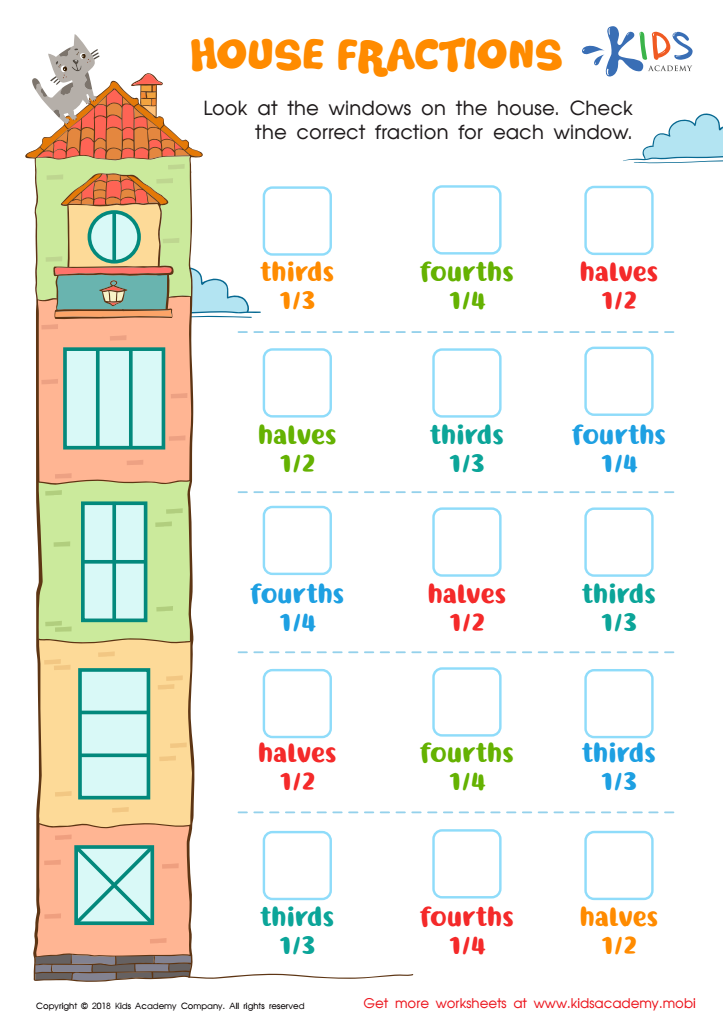

House Fractions Worksheet
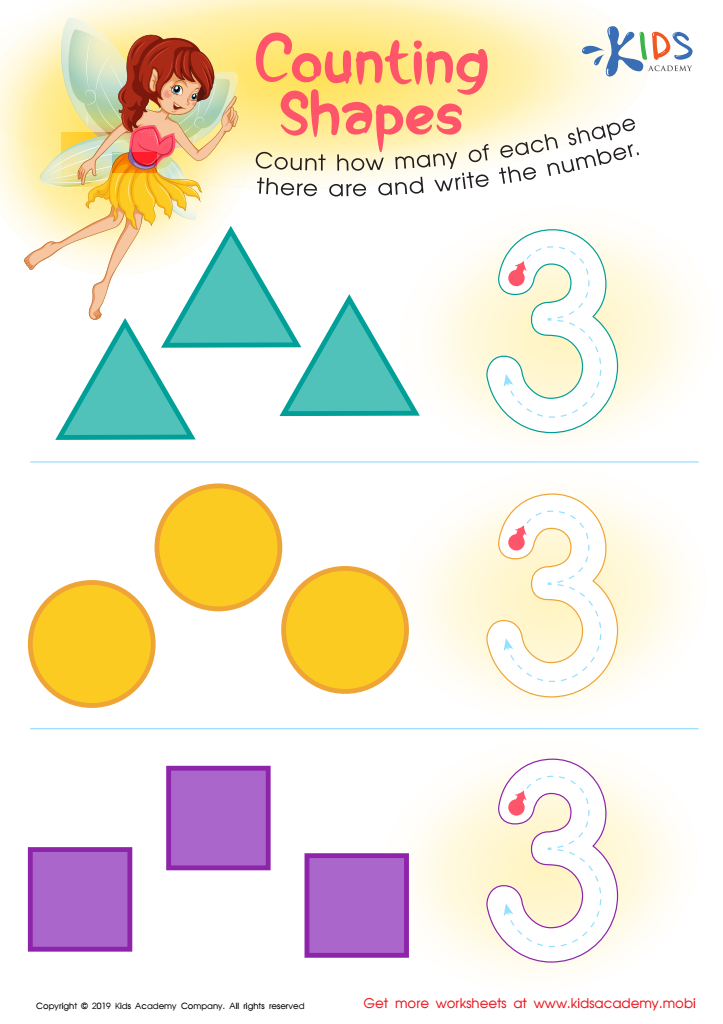

Counting Shapes Worksheet
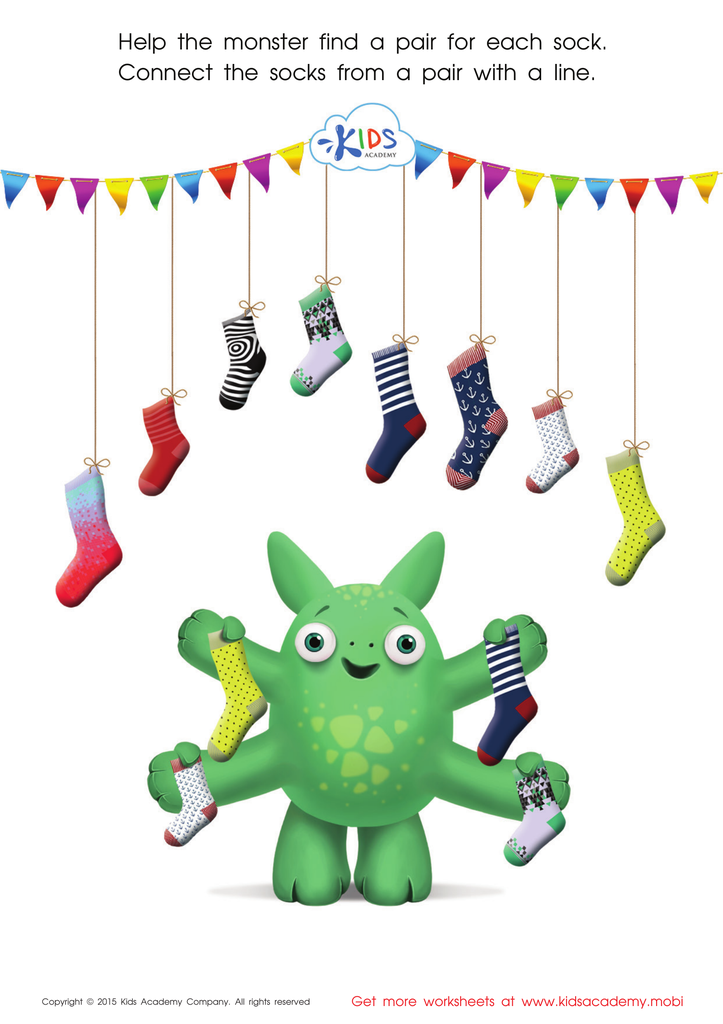

Math Matching Pairs Game: Monsterв's Socks Worksheet
Visual perception development is crucial for young children, especially in the context of learning math. Visual perception encompasses the brain's ability to make sense of what the eyes see, and for ages 3-8, this skill is fundamental to many areas of learning, particularly in math.
Firstly, visual perception aids in number recognition and understanding, which are foundational math skills. When children can easily distinguish numbers and their shapes, they are better equipped to learn counting, addition, and subtraction. Tasks such as sorting objects, recognizing patterns, and spatial awareness are also heavily dependent on strong visual perception skills.
Modern educational strategies emphasize the importance of visual aids, like pictures, diagrams, and manipulatives, to teach early math concepts. Good visual perceptual skills allow children to interpret these tools accurately, fostering a deeper understanding of mathematical ideas. Additionally, children with strong visual perception are better at following instructions, solving puzzles, and understanding geometric concepts, all of which are integral parts of early math education.
Moreover, robust visual perception development has long-term benefits beyond math. It enhances reading skills, coordination, and overall academic performance. By focusing on these skills early, parents and teachers can set children on a path to academic success and a lifelong love of learning. Thus, prioritizing visual perception development in young children is critical for fostering comprehensive educational growth.
 Assign to My Students
Assign to My Students

